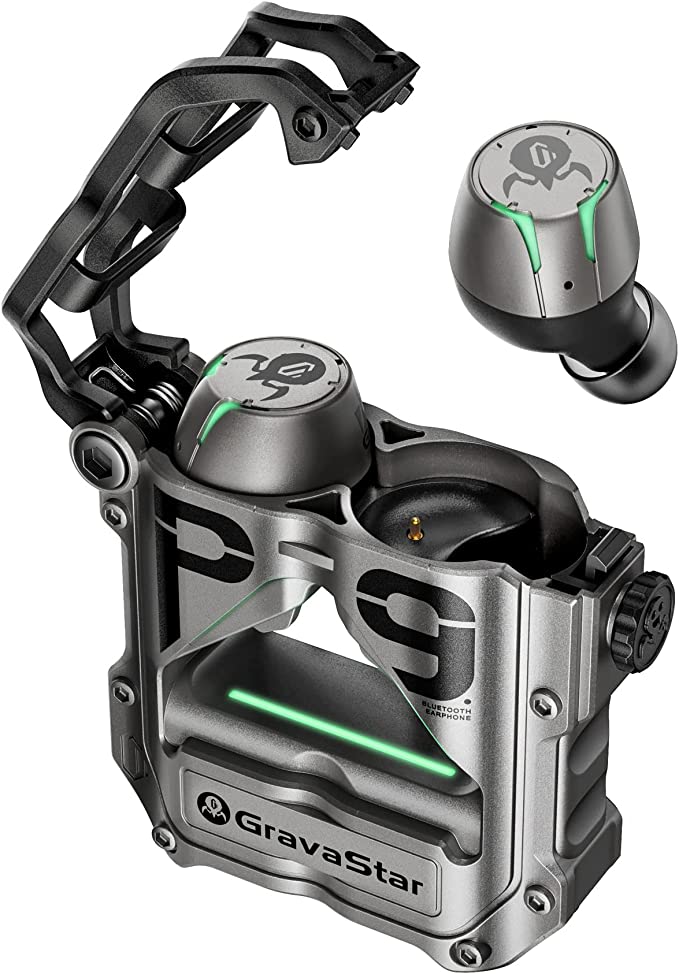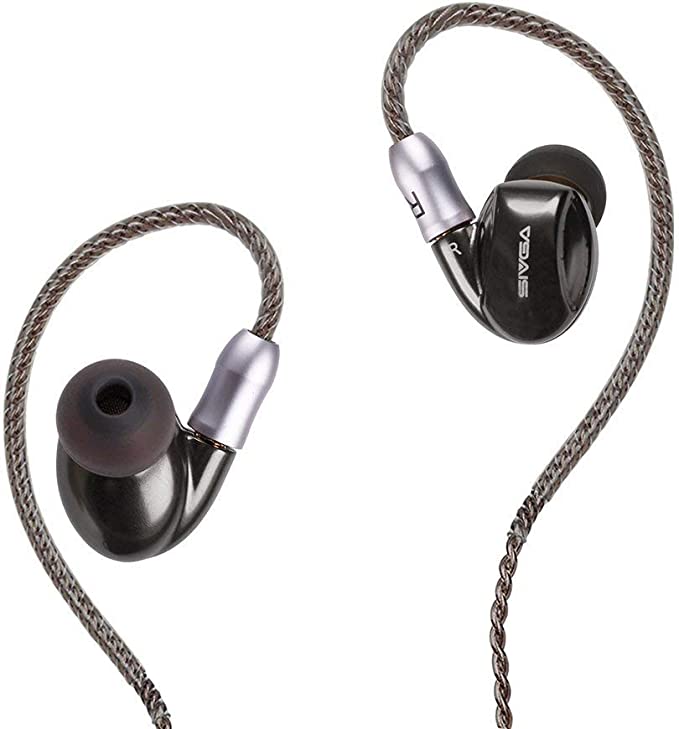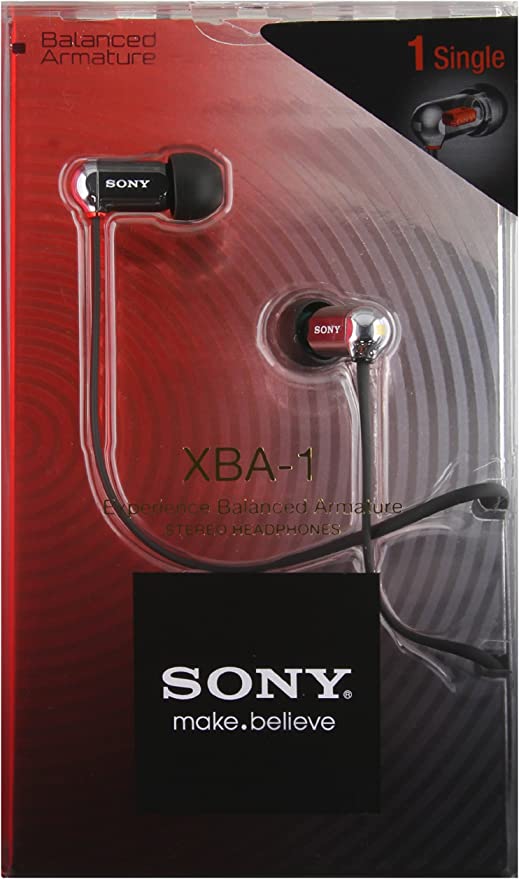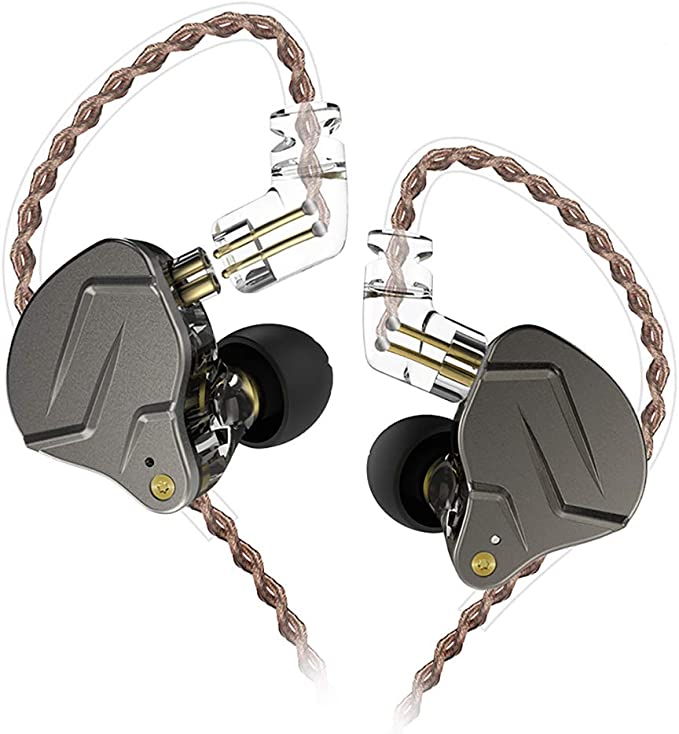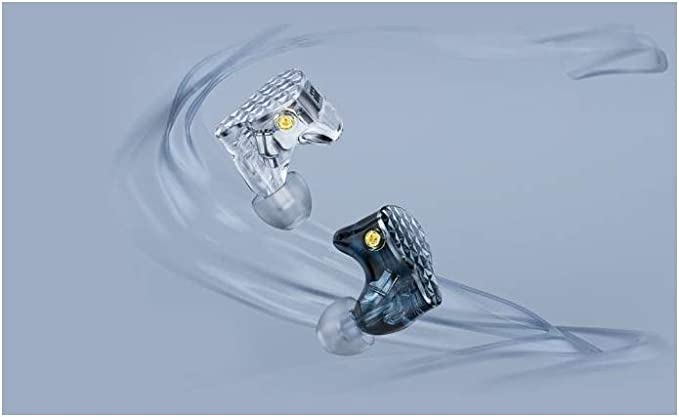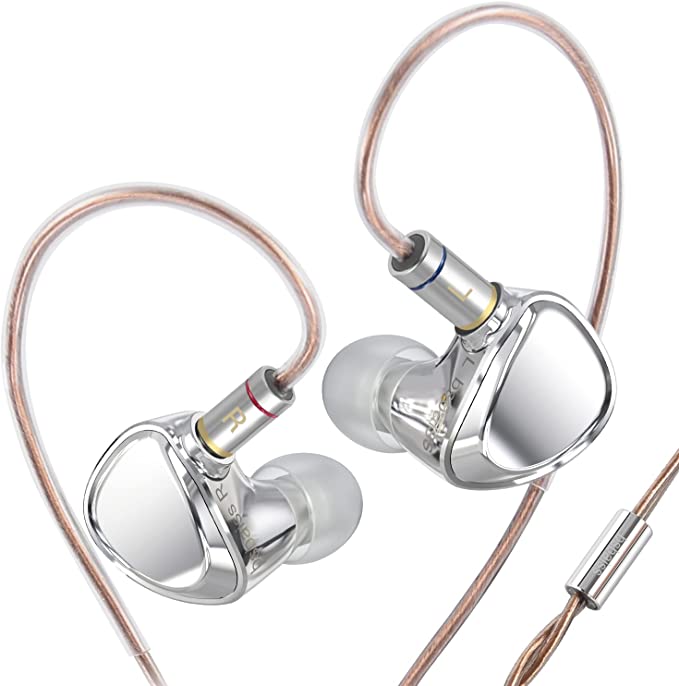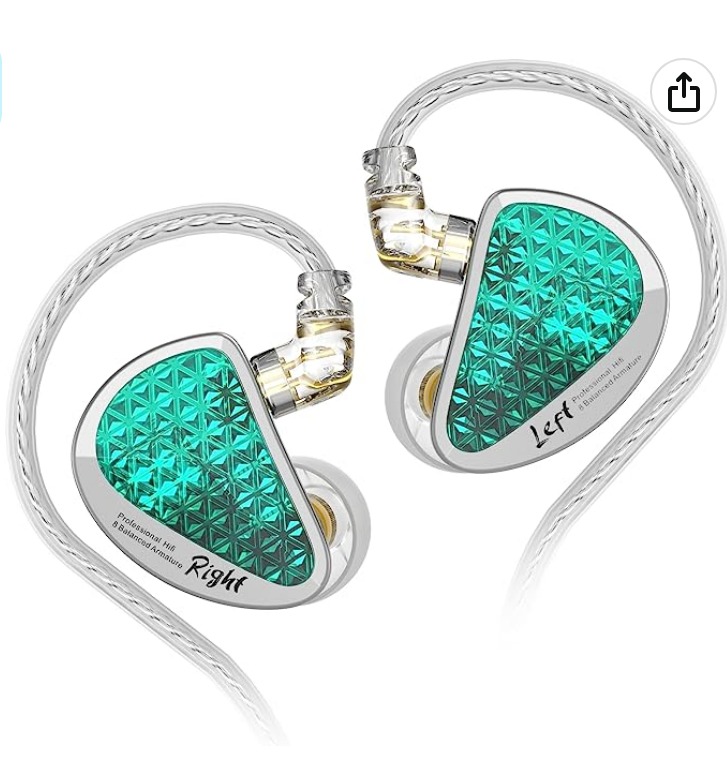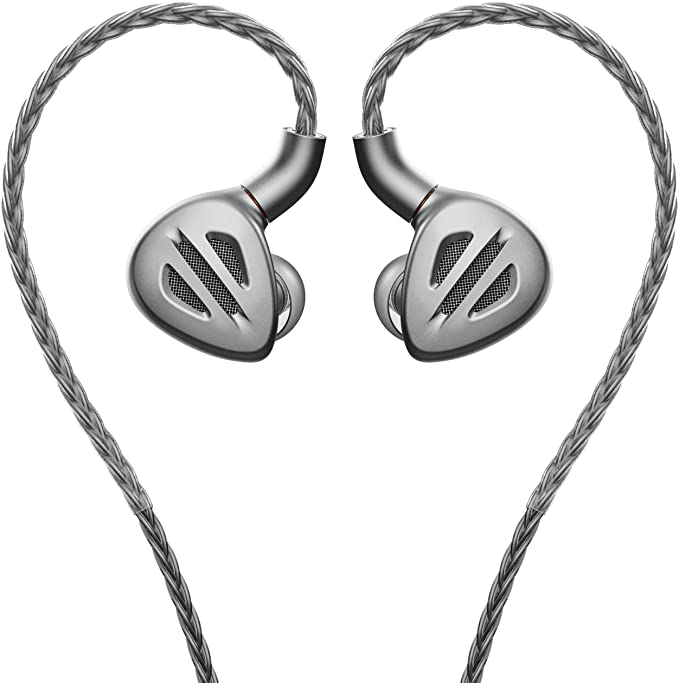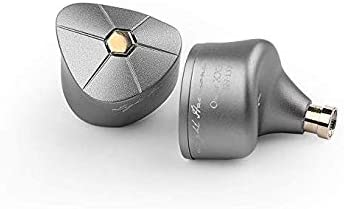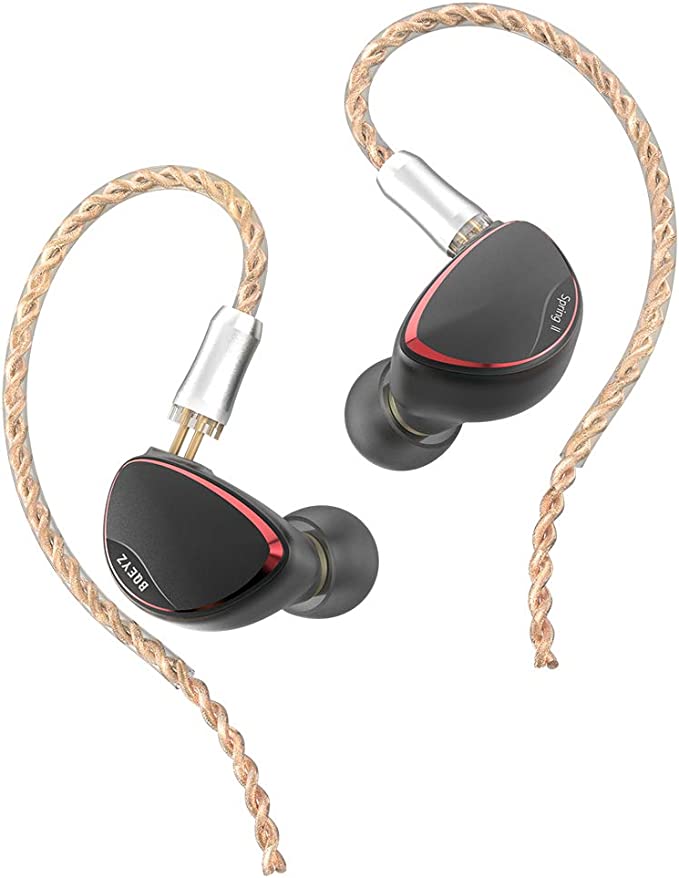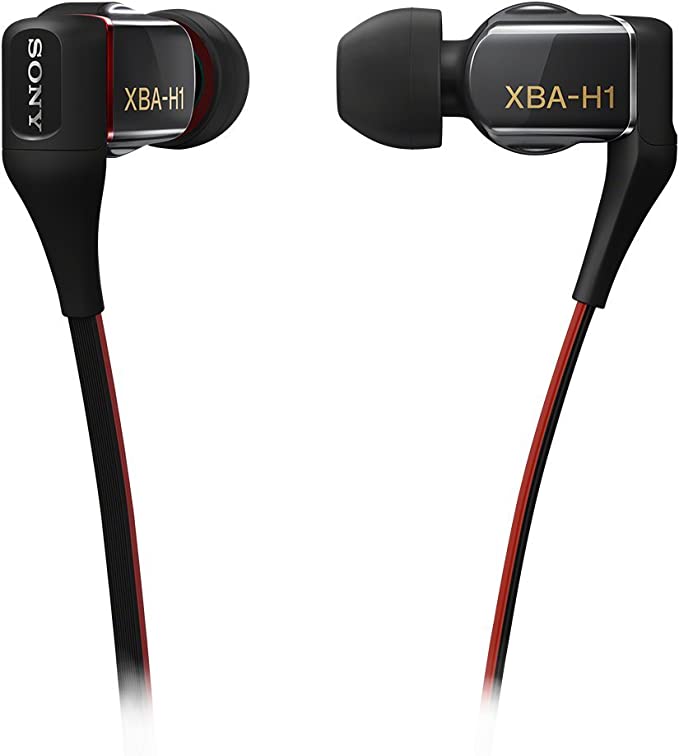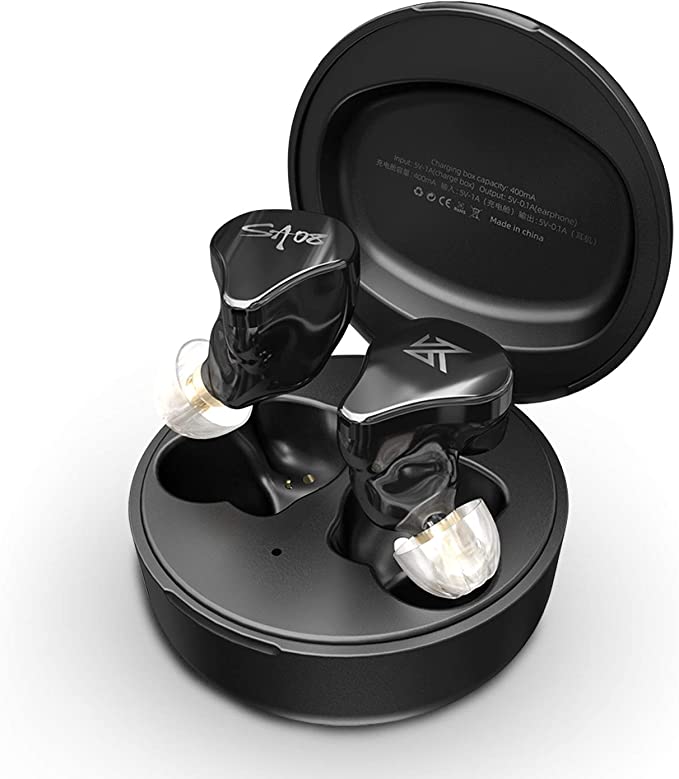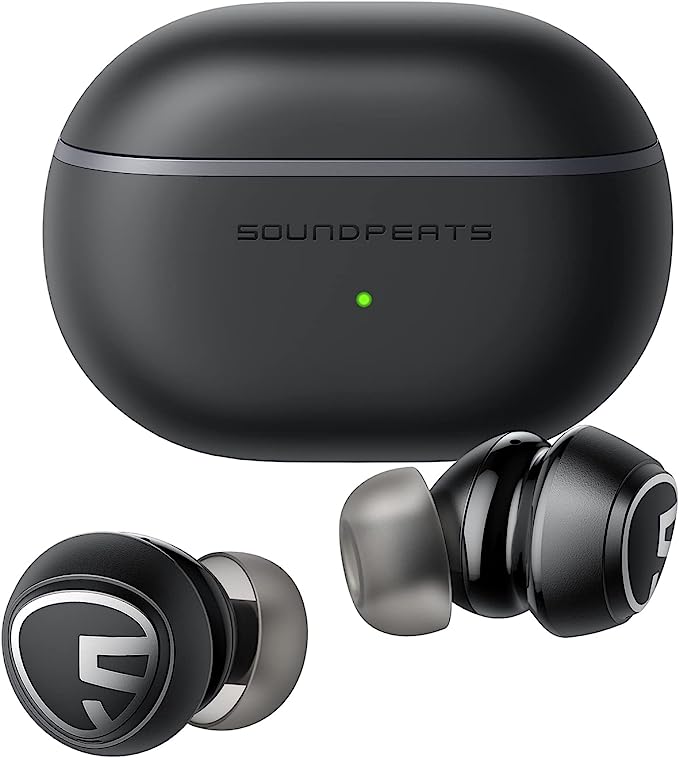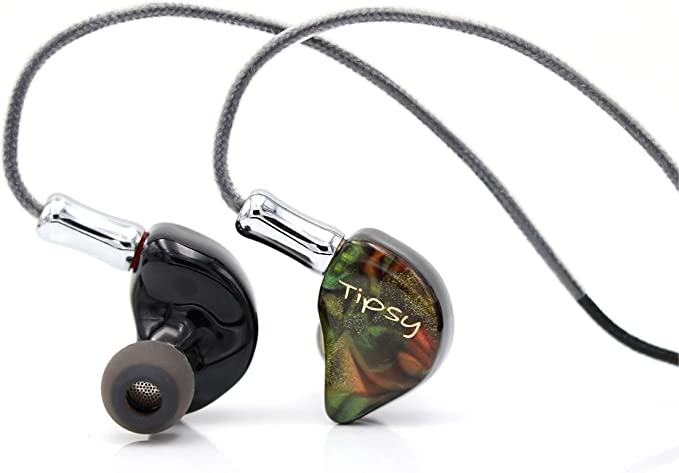How Hybrid Drivers Work: Unpacking Hi-Fi Sound on a Budget
Update on Oct. 29, 2025, 6:06 p.m.
You press play, and the sound is… fine. It’s there. The beat is present, the melody is audible, but something is missing. That feeling of being right there in the room with the musicians, the subtle texture of a guitar string sliding under a finger, the airy decay of a cymbal—it’s all lost in a flat, one-dimensional wall of sound. This is the common experience with the earbuds that come free in the box.
But what if you could step into a world of rich, detailed, and immersive audio without spending a fortune? The world of “High-Fidelity” (Hi-Fi) sound can seem intimidating, filled with complex jargon and eye-watering price tags. But the truth is, the technology that creates these incredible listening experiences is more accessible than ever. The secret often lies in a clever piece of engineering known as a hybrid driver system.
This isn’t a review of a single product. Instead, this is your guide. We’re going to pull back the curtain on the science of sound, using an excellent example—the CCA C12 In-Ear Monitor—as our real-world model. By the end of this, you won’t just know about one set of earphones; you’ll understand the core principles that make great audio possible.

Meet the Orchestra: The Magic of a Hybrid Driver Ensemble
At the core of every earphone is a “driver.” Think of it as a miniature engine, a tiny speaker responsible for converting an electrical signal into the sound waves you hear. For years, most consumer earbuds used a single, all-purpose driver to reproduce the entire spectrum of sound, from the deepest bass to the highest treble.
The problem? A single driver trying to do everything at once is like asking one singer to perform a flawless bass line and a soaring soprano melody simultaneously. Compromises are inevitable. This is where the “hybrid” approach changes the game.
A hybrid In-Ear Monitor (IEM) doesn’t rely on one jack-of-all-trades. Instead, it functions like a skilled orchestra, employing different types of specialized drivers that work in harmony. Each earpiece of an IEM like the CCA C12 contains a team of six drivers: one Dynamic Driver and five Balanced Armatures. Let’s meet the players.
-
The Dynamic Driver – The Heartbeat of the Music
The dynamic driver (DD) is the traditional workhorse of the audio world. It works much like a classic loudspeaker, just scaled down. A voice coil attached to a flexible diaphragm moves within a magnetic field, vibrating to push air and create sound.
Because of their design and larger surface area, dynamic drivers are masters at moving air. This makes them exceptionally good at reproducing low frequencies. They deliver that warm, impactful, and natural-sounding bass that you can almost feel. When the product info for the C12 mentions “powerful bass” and “punchy bass definition,” it’s the 10mm dynamic driver inside that’s handling this crucial task. It provides the soulful thump of the kick drum and the resonant growl of a bass guitar, laying the emotional foundation for the track.
-
The Balanced Armature Quintet – The Masters of Detail
Working alongside the dynamic driver are its nimble partners: the Balanced Armatures (BAs). BAs are a different beast entirely. They are incredibly small and operate with surgical precision. Inside a BA, a tiny reed (the armature) is balanced between two magnets. When the audio signal flows, this reed vibrates, and those vibrations are transferred to a stiff diaphragm to create sound.
The key advantages of BAs are their speed and accuracy. Because their moving parts have very little mass, they can react to changes in the audio signal almost instantly. This translates into astonishing clarity and detail, particularly in the mid-range and high frequencies. They are responsible for rendering the crisp snap of a snare drum, the delicate nuances of a vocalist’s breath, and the shimmering sparkle of cymbals.
In a multi-driver setup like the one in the CCA C12, these BAs are highly specialized. Some are tuned specifically for high frequencies, while others are tasked with the crucial mid-range where vocals and lead instruments live. By dividing the labor, this team of five BAs ensures that the complex layers of a song are rendered with stunning resolution, preventing the sound from becoming muddy or congested. This is what allows you to hear the distinct instruments in a dense arrangement, a quality that experienced listeners and musicians deeply appreciate.

-
The Crossover – The Unseen Conductor
So, you have a powerful bassist (the DD) and a team of agile violinists and vocalists (the BAs). How do you make sure they play together in perfect harmony? You need a conductor. In the world of audio, this conductor is the crossover network.
A crossover is an electronic filter inside the earphone that acts like a traffic cop for audio frequencies. It takes the incoming signal and intelligently directs it: low frequencies are sent to the dynamic driver, while specific bands of mid and high frequencies are routed to the appropriate balanced armatures.
This is arguably the most critical part of a hybrid design. A well-designed crossover ensures a smooth, seamless transition between the different drivers. The goal is to create a single, unified soundscape where you can’t tell where one driver’s job ends and another’s begins. It’s what delivers a “coherent top-to-bottom sound signature,” preventing distortion and allowing the IEM to produce a sound that is both powerful and incredibly detailed.
The Concert Hall in Your Ears: Why Fit and Isolation Matter
The world’s best drivers would be useless without a properly designed acoustic environment. The physical shell of the IEM and how it fits in your ear are just as important as the electronics inside.
-
The Cone of Silence: The Power of Passive Noise Isolation
Unlike regular earbuds that sit loosely in your outer ear, In-Ear Monitors are designed to be inserted into the ear canal, creating a seal with a silicone or foam tip. This seal is the key to one of an IEM’s greatest strengths: passive noise isolation.
By creating a physical barrier, a well-fitted IEM can dramatically reduce the amount of ambient noise that reaches your eardrum—the provided data suggests a reduction of up to 37 decibels (dB) is possible. This is a game-changer. It means you don’t have to crank up the volume to dangerous levels to drown out the sounds of a busy commute or a noisy office.
Instead, the background noise simply melts away, leaving you with a clean, black canvas for your music. You can hear the quietest, most subtle details in a recording that would otherwise be lost. As one user, Publius, noted, the sound sealing can be so effective it feels “as quiet as some earbuds with active noise cancellation.” For musicians on stage, like user Nexus One who found them comfortable for a “4-hour gig,” this isolation is essential for hearing their own performance clearly.
-
The Vital Connection: A Word on Cables
It might seem like a minor detail, but the cable is a vital part of the IEM system. Many budget-friendly, high-performance IEMs, including our C12 example, feature a detachable cable. This is a huge advantage for longevity. The cable is often the first point of failure on any earphone. With a detachable system, a damaged cable can be replaced easily and affordably, rather than forcing you to buy a whole new set of IEMs. It also offers the flexibility to upgrade to a different cable, perhaps one with an in-line microphone for taking calls.
The Equation: What the Numbers Mean for You
You’ll often see technical specs like Impedance, Sensitivity, and Frequency Response. Here’s a quick, jargon-free translation:
- Impedance (24Ω): This is a measure of electrical resistance. A low impedance like this means the earphones are very “easy to drive.” You don’t need a powerful, expensive amplifier to get great sound; your smartphone or laptop will work just fine.
- Sensitivity (112dB): This measures how loud the earphones get for a given amount of power. A high sensitivity like this reinforces that they are very efficient and will get plenty loud from almost any device.
- Frequency Response (7-40,000Hz): This indicates the range of sounds the drivers can produce. While the range of human hearing is roughly 20-20,000Hz, a wider stated range suggests the drivers can handle the audible extremes with less strain, contributing to a cleaner sound.
Encore: The Democratization of Detailed Sound
The journey through the inner workings of a modern In-Ear Monitor reveals a story of clever, purposeful engineering. It’s not about magic; it’s about science. The intricate dance between dynamic and balanced armature drivers, orchestrated by a precise crossover and delivered within a carefully designed acoustic shell, is what creates a truly high-fidelity listening experience.
Understanding these fundamentals—why a hybrid system can outperform a single driver, how a proper seal transforms your listening—empowers you. It allows you to look past marketing hype and appreciate the craftsmanship that can exist even in surprisingly affordable gear. As musician Kevin J. Brennen put it after two decades of experience, budget-friendly IEMs like these can “seriously rival ears I’ve had for $6-800 in the past.”
This is the wonderful result of advancing audio technology: the thrilling, immersive joy of detailed, nuanced sound is no longer an exclusive club. It’s an experience open to anyone willing to listen a little closer.

